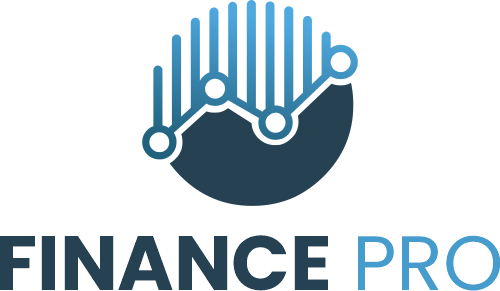What does it mean to really understand type—to use it with clear intent and purpose?
Universal Principles of Typography (UPoT), a new book by Elliot Jay Stocks —published by Quarto and out today— answers this and so much more. The book’s 100 principles cover everything from the tactical to the compositional, sometimes pausing for the philosophical.
In the foreword by Ellen Lupton, author of the book on type, (and our guest for the next PRINT Book Club), we love how she explains the breadth of what Stocks has endeavored to do with UPoT:
“Typographic knowledge is an awkward mix of science (how people read), technology (what fonts can do), superstition (what folks believe on faith), hard-and-fast-rules (what editors and publishers have codified over time), and unspoken body language (how designers wiggle and fidget inside the rules, inventing new styles and mannerisms). Elliot explores all these forms of knowledge with pictures and words, helping designers navigate the facts and the fictions, and build their own typographic confidence.”

Stocks is a designer, writer, speaker, and musician living in Bristol, UK. He’s a former creative director for Adobe Typekit, creator of two printed publications (8 Faces and Lagom), and, in 2020, he teamed up with Google Fonts to create Google Fonts Knowledge.
To celebrate the launch of Universal Principles of Typography, Stocks indulged me by answering several type-related questions. Read the Q&A below.
Of all the principles of typography, what is your favorite, the one that you can’t unsee, the one that brings you joy when you see it in action?
There’s a chapter very early on in the book called “Avoid faux (or synthesised) styles” and that might be one of my favourites, purely because the web (and, to a lesser extent, print) is littered with faux italics and the like. As it says in the book, “sure, a faux italic never killed anyone, but it will certainly make you or your client look like you don’t care about doing things properly — and that’s rarely a message clients want to send.” I feel like that could be applied to typography as a whole: these things might seem pedantic at times, but cutting corners is ultimately going to have a negative impact on the end result.

Similarly, of all the principles of typography you laid out, what is one or two that have the power to change the way graphic designers view and compose their work (not just text)?
Probably the principle called “Balance distinction & harmony” because it can be applied to typography, or to design as a whole, or to pretty much any creative output. It’s important to remember that when we change something (a font weight, a column width, a note in a song), we’ve got to make sure that it’s distinct from the element it sits next to — the end user has to recognise it as a something different and then, having observed that, infer meaning from it; a meaning such as hierarchy, or perhaps just a feeling. But at the same time we need to ensure that the change we’re making still plays nicely with the other elements. So in typography, for instance, we might use a scale to define our different font sizes, but of course we also use scales in music. The idea is the same: make it obvious that there’s been a change, but give the user some context so that the change is a harmonious one.
We’ve been enjoying Elle Cordova’s anthropomorphic font videos. So, I’m curious: if you were personified by a typeface, which one would it be and why?
Oh, the number of non-type friends who sent me those videos! If I was a typeface, I’d probably be the recently released Bricolage Grotesque, designed by Mathieu Triay. It’s capable of some solid, useful work, but generally doesn’t take itself too seriously because it knows that having fun with the work is more important.


Given AI’s presence in our conversations about what graphic design and art-making will be in the future, do you have a 101st principle to offer on that topic as it relates to typography’s role or responsibility?
As with almost anything AI is touching right now, there’s the potential for it to make our lives easier — imagine a typographic AI assistant to help you pair type, perhaps working in the same way GitHub Copilot might help engineers code. But also there’s the potential for it to make poor decisions and then use its own poor decisions as reference points, flooding the internet with bad type and worse typography. My good friend Jamie Clarke recently wrote an article about this, and argued for us designers acting as tastemakers to help steer AI development in the right direction. Personally, I still flip-flop daily between being for or against AI, but ultimately it’s too huge a development to simplify in that way. It’s a bit like being for or against the internet. It’s going to change our life and work radically; as creatives and as humans, we need to position ourselves as best we can to benefit from its promises and help reduce the potential for its misuse.

Want more? Elliot Jay Stocks shares his love of all things typography as host of the podcast, Hello, type friends! and author of the newsletter, Typographic & Sporadic.

